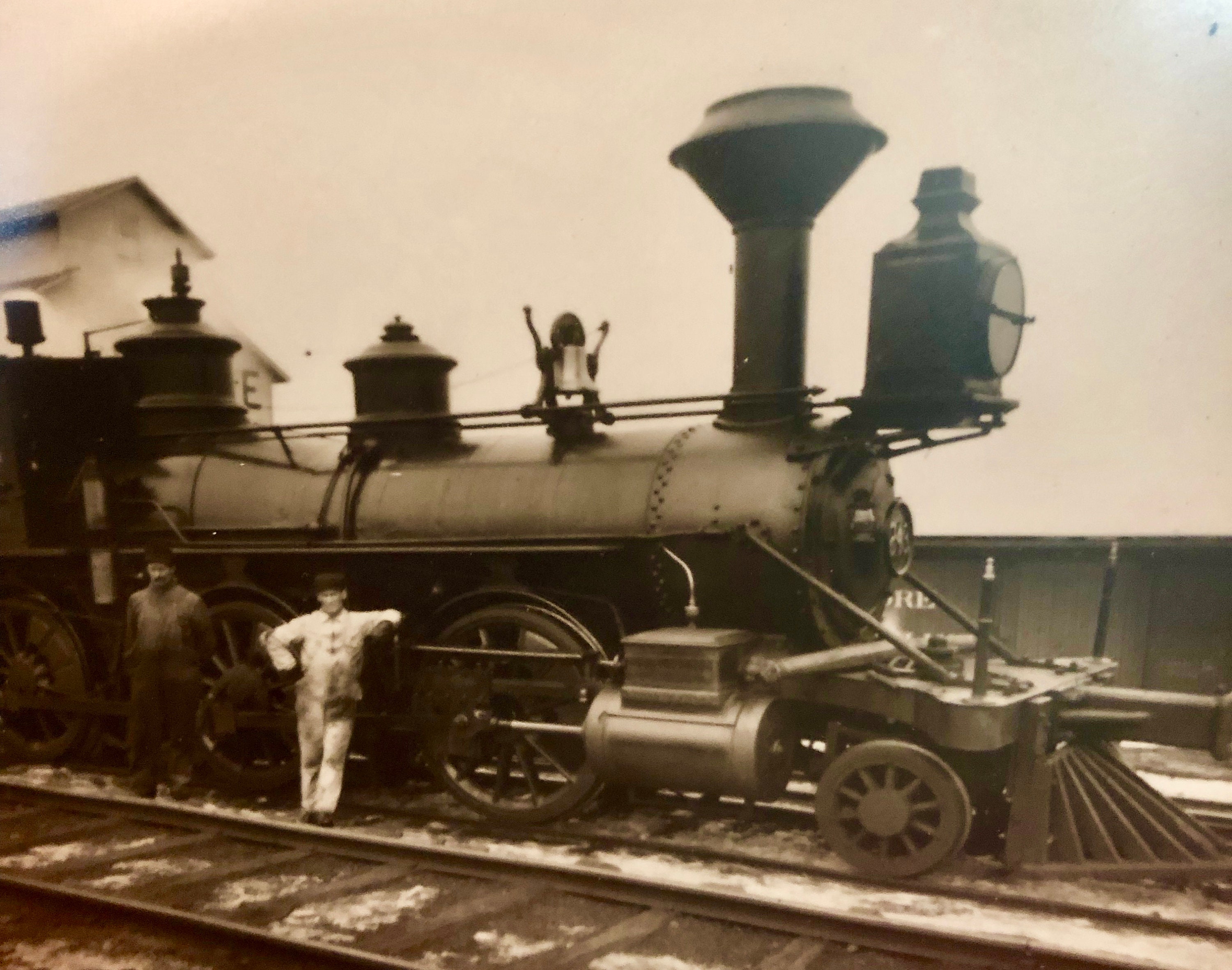

When the regulator/throttle is closed, a vacuum valve ( snifting valve) : 89 permits air to be drawn through the superheater and cylinders to allow the engine to coast freely. It is used in conjunction with the reversing lever to start, to stop, and to control the locomotive's power output. Sets the opening of the throttle valve / regulator valve, (31) which controls the amount of steam entering the cylinders, : 255 : 39 : 82 hence the speed of the locomotive. Holds sand that is directed on to the rail in front of the driving wheels to improve traction, especially in wet or icy conditions or when vegetation is on the line, and on steep gradients.
#Engine locomotive generator#
: 240 : 37 : 62Įlectrical generator driven by a small steam turbine, for the headlight and other locomotive lighting. Pressure relief valve to stop the boiler pressure exceeding the operating limit. Rod linking the reversing lever (US: Johnson Bar) or reversing lever or wheel (UK+) in the cab to the valve gear. Steam powered whistle, located on top of the boiler and used for signalling (by the number and length of notes) and warning of approach. blowdown (or blow-off) cocks, which allow water to be ejected from the boiler to avoid concentration of impurities remaining after evaporation of steam.a whistle lever, which varies the steam supplied to the whistle (3) : 96.a blower valve, which regulates the steam supplied to the blower (11) : 8.lubricator glasses, which allow the flow of lubricating oil to be monitored : 55.mechanical stoker controls (when fitted to larger coal-fired locomotives) or oil feed controls for oil-fired locomotives.water gauges, which allow the level of water in the boiler to be monitored : 91.injector valves, which allow steam to force water into the boiler when needed : 42.steam pressure gauges, which show the pressure of the steam in the boiler : 63.a train brake lever, which controls the application of brakes throughout the length of the train and a locomotive brake lever, controlling brakes on the locomotive only : 12, 93.The other is to enable more fuel-efficient operation when the locomotive is running in a steady state: the throttle is set wide open and the power output is controlled by moving the reversing lever closer to its mid-point ("reducing the cut-off") to limit the amount of steam admitted to the cylinders.

One is to reverse the locomotive's direction, e.g. a reversing lever or (US term) Johnson bar, which controls the timing of the admission of steam into the locomotive's cylinders.a throttle lever or regulator, which controls the amount of steam entering the cylinders : 75 : 82.

Most controls are mounted on the boiler's backhead


 0 kommentar(er)
0 kommentar(er)
